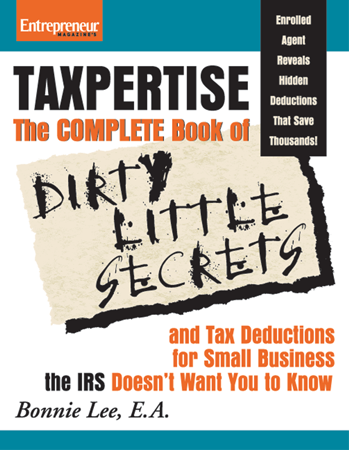Will it ever happen?
I’ve made taxation a career for more than thirty years. Over the years, my hopes have been raised by promises and proposals by Presidents and Congress of an end to the complicated maze of tax regulations that burden business and individuals. An end to complexity. The ushering in of simplification.
Milton Friedman introduced a flat tax in 1962. It didn’t take.
This concept was also proposed in 1994 when Congressman Dick Armey (R-TX) introduced a flat tax of 17% for individuals as well as businesses. Virtually all deductions, credits, exclusions, and exemptions would have been eliminated. Dividends, interest, and capital gains would have been excluded from taxable income in order to encourage savings, investments, and capital formation. The tax return would be the size of a post card. Businesses would be allowed to take deductions for certain expenses against income. Everyone was excited about it. But the legislation failed to pass.
Shortly after taking office President Obama organized an economic coalition to study tax reform and recommend a new tax system. Under discussion was the elimination of income tax deductions accompanied by a reduction across the board of income tax rates. What everyone had in mind was a flat tax. Did it happen? No, of course not.
In 2011, Paul Ryan (R-WI) was set to introduce remarkably similar legislation with a transition period in which taxpayers could choose the current system or his proposed system for the next ten years. Rather than an across-the-board 17% tax rate, Ryan proposed a rate of 10% for incomes up to $100,000 and 25% for incomes above that level. A generous standard deduction and personal exemption (totaling $39,000 for a family of four) would have replaced the deductions and tax credits formerly enjoyed. The alternative minimum tax and the death tax would be eliminated.
Ryan’s plan included reform for the corporate income tax, currently the second highest in the industrialized world. It would have been replaced with a border-adjustable business consumption tax of 8.5 percent. This new rate is roughly half that of the rest of the industrialized world.
Jim DeMint (R-SC) planned to introduce a flat tax in 2012 – pretty much the same principal – one rate and a postcard size tax return.
None of these proposals have received any serious consideration.
Let’s face it; the current system needs to be burned to the ground. We’ve got approximately 100,000 pages of confusing, unfair, and contradictory tax code mired in shades of gray with the word “generally” used way too many times. According to the IRS, 47% of Americans pay no income tax whatsoever. Many of these “non-taxpayers” claim the Earned Income Tax Credit (EITC) and receive refunds of upwards of $6,000 depending upon family size and income level. According to statistics gathered from 2009 income tax returns, more than 25 million people claimed more than $57 billion in EITC refunds. Are there really that many people entitled to what we call a “reverse-welfare system?”
We all recognize that behind tax legislation is a motivation for certain societal behaviors. For example, if the tax code allows a deduction for charitable contributions, then more Americans will donate to worthy causes. A deduction for property taxes and mortgage interest propel Americans into the American dream of home ownership. The IRA deduction encourages people to save for retirement.
Imagine what would happen if these deductions were suddenly removed. Many nonprofits would cease to exist for lack of funding. The housing market may experience another decline. Why not be a renter and let someone else repair the leaky roof and dripping faucets? And with society becoming more mobile – the necessity of moving for work, renting has become attractive. And if taxpayers did not make IRA contributions would they reach old age only to live in poverty, relying on Social Security and the generosity of family to survive?
And what has happened with the IRS over the years? Because of severe continuing budget cuts along with the added burden of administering Obamacare, customer service has become a joke. As a practitioner I had become accustomed to calling the practitioner hot line and getting an IRS agent on the second ring. Now there are layers of menus followed by hold times of usually more than one hour. And oftentimes after holding that long the IRS disconnects before I’m able to speak to anyone at all. And practitioners supposedly enjoy priority service. I feel bad for my fellow Americans who probably have to hold for even longer periods of time.
To effect change, please write your Congressman!


